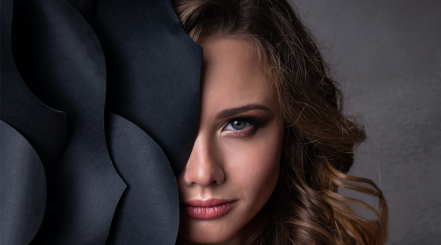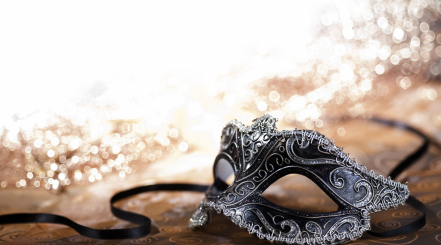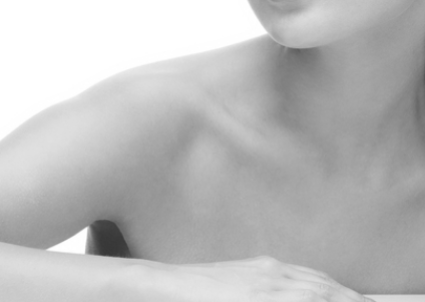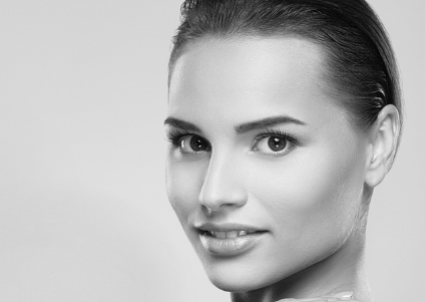Polylactic acid – get to know the biostimulator for thickening the skin of the face and body

Polylactic acid, specifically L-polylactic acid, is a biostimulator for the face and body. It is used for filling wrinkles and deficits, restoring the youthful oval of the face, and improving skin quality. The use of the product provides natural and long-lasting effects. Why is it worth taking advantage of a polylactic acid treatment in the spring?
What is L-polylactic acid
Polylactic acid is a unique filler. Its mechanism of action is based on strong stimulation of cells to produce their own collagen (i.e., the protein responsible for skin tension, among other things). As a result, polylactic acid reduces wrinkles and furrows and improves the contour of the face and skin condition. Treatments with its use bring gradual and subtle effects.
At Dr Parda's clinic, we use products containing the modern form of polylactic acid – PDLLA. These products are biocompatible, biodegradable, and non-toxic.
How polylactic acid works
A treatment with polylactic acid affects not only the symptoms but also the causes of skin aging. After being administered deep into the tissues, PDLLA induces an inflammatory state, which is a natural reaction of the body to a foreign object. Thus, the product activates regeneration processes and stimulates cells to produce collagen, leading to the reconstruction of the skin structure. This leads to the filling of folds, furrows, and loss of fat tissue, as well as improving the quality and density of the skin.
When we use PDLLA
Treatments with polylactic acid are recommended primarily for patients after the age of 30, who desire natural and discreet rejuvenation and a possibly lasting effect. PDLLA serves as both a biostimulator for the face and the body. Its indications include filling wrinkles, restoring volume to sunken areas (e.g., temples, cheeks, or the zygomatic area), and improving the jawline and chin.
Polylactic acid is also used for firming and tightening the skin of the face, neck, décolleté, abdomen, arms, or thighs. In our facility, we also use PDLLA specially developed for sculpting buttocks. Moreover, polylactic acid is effective in combination with other therapies.
Procedure with polylactic acid
A treatment with L-polylactic acid lasts about 15-30 minutes. During the procedure, the doctor injects the product deep under the skin in selected parts of the face, using the appropriate technique. The treatment ends with a massage of the treated area to properly distribute PDLLA. The administration of polylactic acid is not painful, but it may be preceded by anesthesia using cream.
Both the number of injections during the treatment and the entire treatment scheme are individual matters and depend on the skin condition of the specific patient. Usually, several treatments are needed to achieve the optimal effect.
Is polylactic acid safe
Polylactic acid is a well-known compound. It has been used since the 1960s. Before aesthetic medicine doctors began using it, it was used as a component of surgical sutures and various types of implants. Therefore, treatments using PDLLA are safe. Nonetheless, bruising, swelling, redness, or tenderness may occur locally for a few days after the procedure.
It is important to remember that polylactic acid requires proper injection technique and a great deal of imagination from the doctor. Therefore, it is advisable to entrust the procedure to an experienced specialist.
Additionally, it is important for the patient to follow post-treatment recommendations, which include massaging the treated area and avoiding UV exposure (until the redness or bruises disappear).
Results of the treatment with L-polylactic acid
Immediately after the procedure with PDLLA, the first effect of filling is visible, which disappears after the water contained in the preparation is absorbed. However, polylactic acid remains in the tissue and stimulates it to produce the lost collagen for a long time.
As a result, over the following months, the skin structure is rebuilt and strengthened from within, and the treated area gradually regains lost volume. Moreover, the skin becomes more elastic and denser. The results of the procedure appear slowly and last 2-3 years.
Contraindications to the PDLLA treatment
Treatments using PDLLA are not performed in cases such as:
- autoimmune diseases;
- cancer diseases;
- allergy to any of the components of the preparation;
- tendency to hypertrophic scars (keloids);
- active infection or inflammation of the skin in the treatment area;
- pregnancy and breastfeeding;
- age below 18 years.








